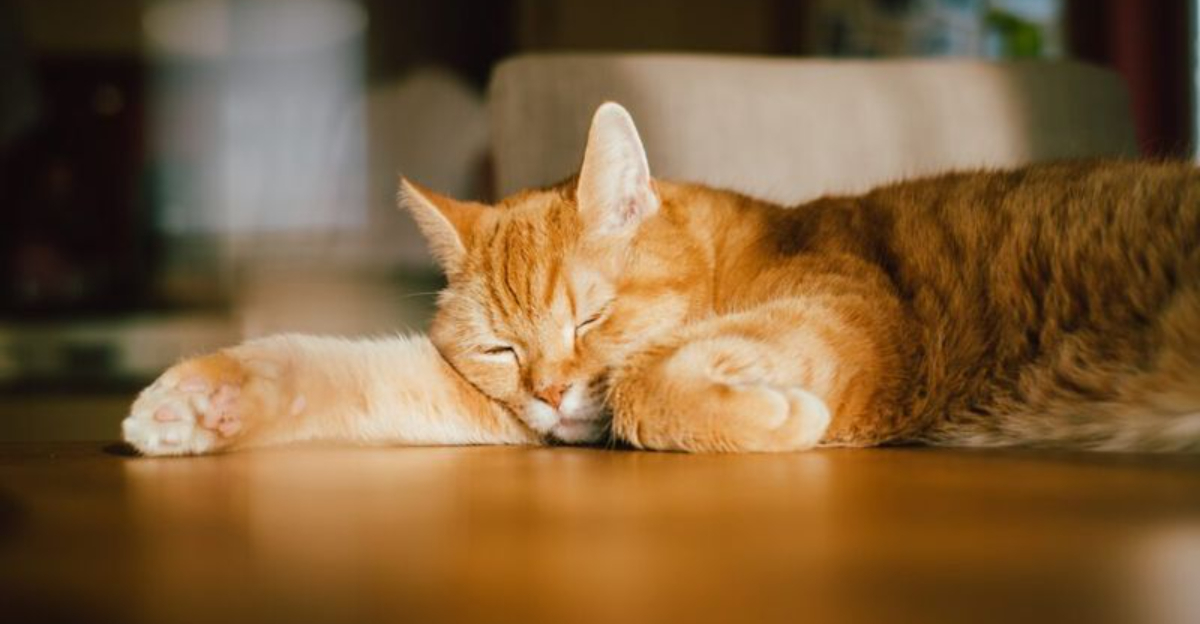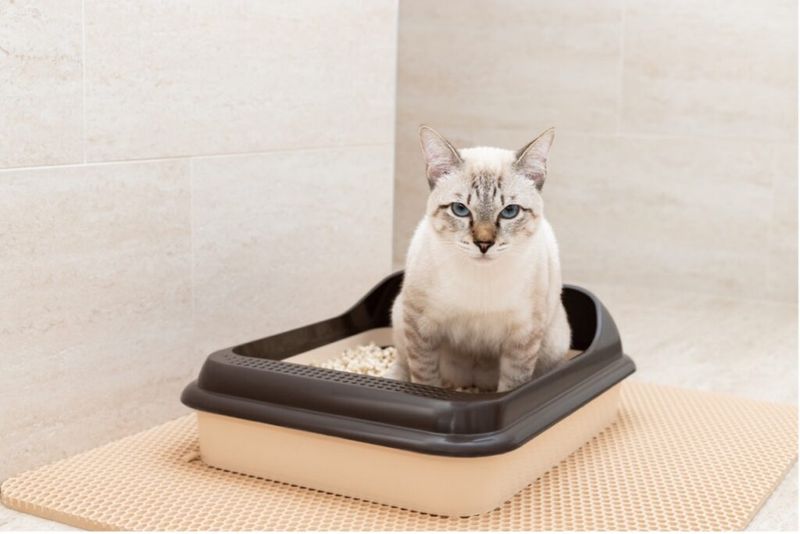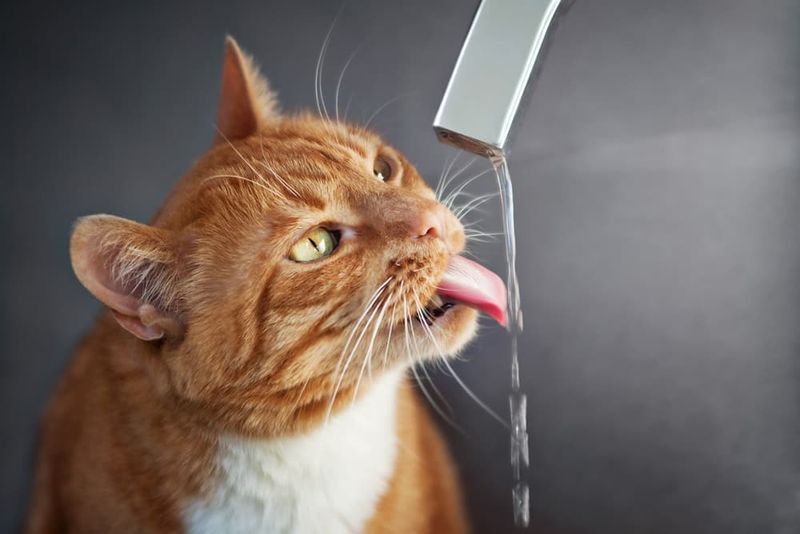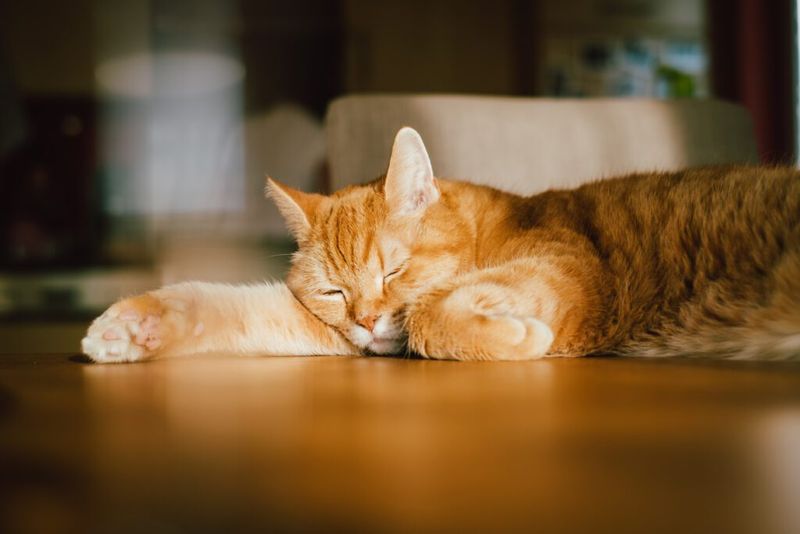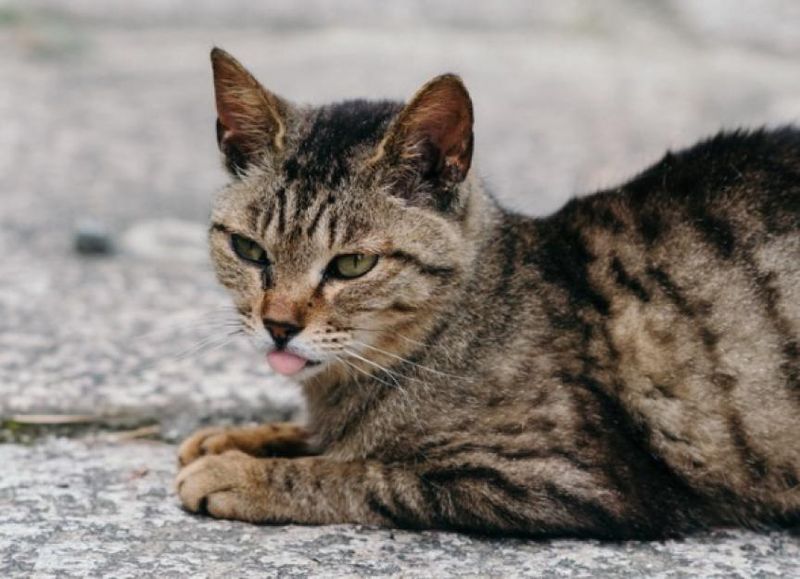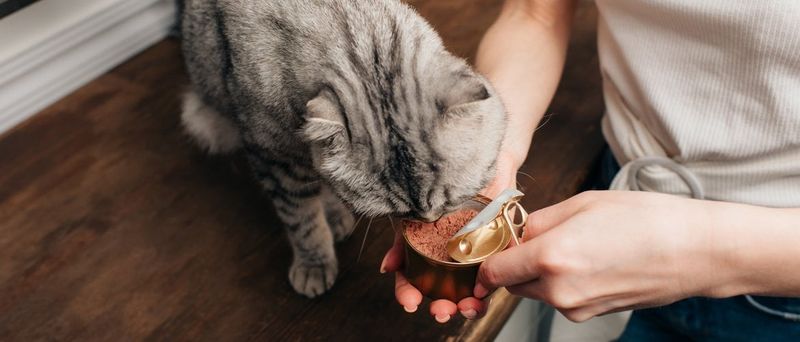📖 Table of Content:
Cats are famously mysterious and independent creatures, often concealing pain or illness behind a composed exterior. As devoted cat owners, it’s our responsibility to become fluent in their subtle cues—especially when those cues are calls for help. What might seem like a harmless quirk or passing behavior could, in fact, be a red flag for a serious medical condition.
Unlike dogs, who tend to wear their emotions on their wagging tails, felines are masters of disguise when it comes to discomfort. This means that by the time they exhibit unusual behavior, the issue may already be advanced. Ignoring these warning signs—even for a day—can lead to life-threatening situations that could have been prevented with timely intervention.
In this article, we’ll guide you through seven strange cat behaviors that should never be dismissed or delayed. If your furry friend starts showing any of these symptoms, it’s time to put everything on pause and call your vet. Your cat’s life could depend on how quickly you act.
1. Struggling or Unable to Urinate
Should you notice your cat making frequent, unproductive trips to the litter box—especially if they’re vocalizing or crouching uncomfortably—it’s time to act fast. This isn’t just a nuisance; it could be a urinary blockage, a condition that is both extremely painful and potentially fatal. Most common in male cats, blockages can rapidly lead to kidney failure and cardiac arrest if not treated immediately. Even a few hours can make the difference between recovery and tragedy. Cats might also lick their genitals excessively or show signs of distress when touched near the abdomen. Owners often mistake this behavior for constipation, which delays appropriate treatment. Always treat urination issues as urgent until proven otherwise by a veterinarian.
2. Frequent or Unusual Vomiting
Seeing your cat vomit once in a while may not be unusual—but when the episodes become frequent, intense, or include blood, you’re dealing with something more serious. Vomiting multiple times within a short period, especially when accompanied by lethargy or loss of appetite, could suggest gastrointestinal obstructions, poisoning, or liver issues. It’s also important to differentiate between hairballs and more concerning emesis; the latter may be watery, frothy, or tinged with yellow bile. Some cats try to hide after vomiting, which only adds to the challenge of spotting the problem early. If your cat’s vomiting persists beyond 24 hours or includes anything abnormal in color or texture, call the vet. The quicker the cause is identified, the better your cat’s prognosis. Delayed treatment can escalate into life-threatening dehydration or organ damage.
3. Rapid Weight Loss
Rapid or unexplained weight loss in cats should ring alarm bells, even if they’re still eating normally. This change can be symptomatic of hyperthyroidism, diabetes, cancer, or gastrointestinal disease—all of which require prompt medical attention. Cats are small animals, so even a seemingly minor drop in weight represents a significant portion of their overall body mass. It may go unnoticed unless you regularly weigh your cat or observe that their spine and hips seem more prominent than before. Unlike gradual weight fluctuations, sudden loss is rarely harmless and should always be investigated. Pay close attention if weight loss is paired with increased thirst, appetite changes, or restlessness. A vet visit with bloodwork and imaging is often the first step toward uncovering the root cause.
4. Excessive Thirst or Urination
Changes in drinking or bathroom habits often point to serious internal imbalances. For example, a cat who suddenly drinks and urinates more may be suffering from diabetes mellitus or chronic kidney disease. These conditions progress silently until the physical signs—like overfilling the litter box or gulping down water bowls—become impossible to ignore. You may even notice your cat urinating outside the box due to increased urgency or confusion. Some pet parents wrongly assume these are behavioral issues or signs of aging. Left untreated, these diseases can lead to severe complications, including blindness or kidney failure. Routine vet checks and urine tests are crucial to catching these problems in the early stages. Your observations at home are the first line of defense.
5. Persistent Lethargy or Unresponsiveness
Lethargy in cats is more than just a sleepy afternoon—it can be a serious symptom hiding beneath their calm demeanor. When a usually active or curious feline becomes uninterested in play, meals, or interaction, it’s a cause for concern. This kind of listlessness may stem from infection, anemia, neurological issues, or toxin ingestion. It’s particularly troubling if it occurs suddenly or lasts more than a day. Many owners chalk up lethargy to “just being tired,” but true lethargy is marked by a lack of responsiveness to familiar voices or stimuli. Hiding under furniture, avoiding eye contact, or lying in one position for hours are subtle but important clues. When in doubt, trust your instincts and call the vet.
6. Open-Mouth or Labored Breathing
Labored or open-mouth breathing in cats is never normal and often indicates a respiratory emergency. Unlike dogs, cats should not pant unless they’re overheated or extremely stressed—and even then, it should be brief. If your cat is breathing heavily, using their abdominal muscles, or holding their mouth open to breathe, this could point to asthma, heart disease, or fluid around the lungs. Some cats will crouch low to the ground with their neck extended—an instinctive posture to try to increase airflow. This symptom requires immediate veterinary evaluation, as waiting could result in respiratory failure. Avoid stressing the cat further by trying to transport them calmly and quickly. Even short delays can be deadly in these cases.
7. Refusal to Eat for Over 24 Hours
Appetite loss in cats is never something to dismiss casually. If your cat goes a full day without eating, they’re at risk for hepatic lipidosis, a dangerous liver condition caused by rapid fat metabolism. While it may start as skipping a meal or two, extended refusal to eat can signal dental pain, nausea, or systemic illness. Cats have a low tolerance for fasting compared to other animals, making any food refusal a red flag. You might also see them sniff food but walk away, attempt to chew but stop, or retreat to a hiding place. Even if your cat is drinking water, food avoidance requires urgent assessment. Quick intervention often prevents the issue from becoming irreversible.
